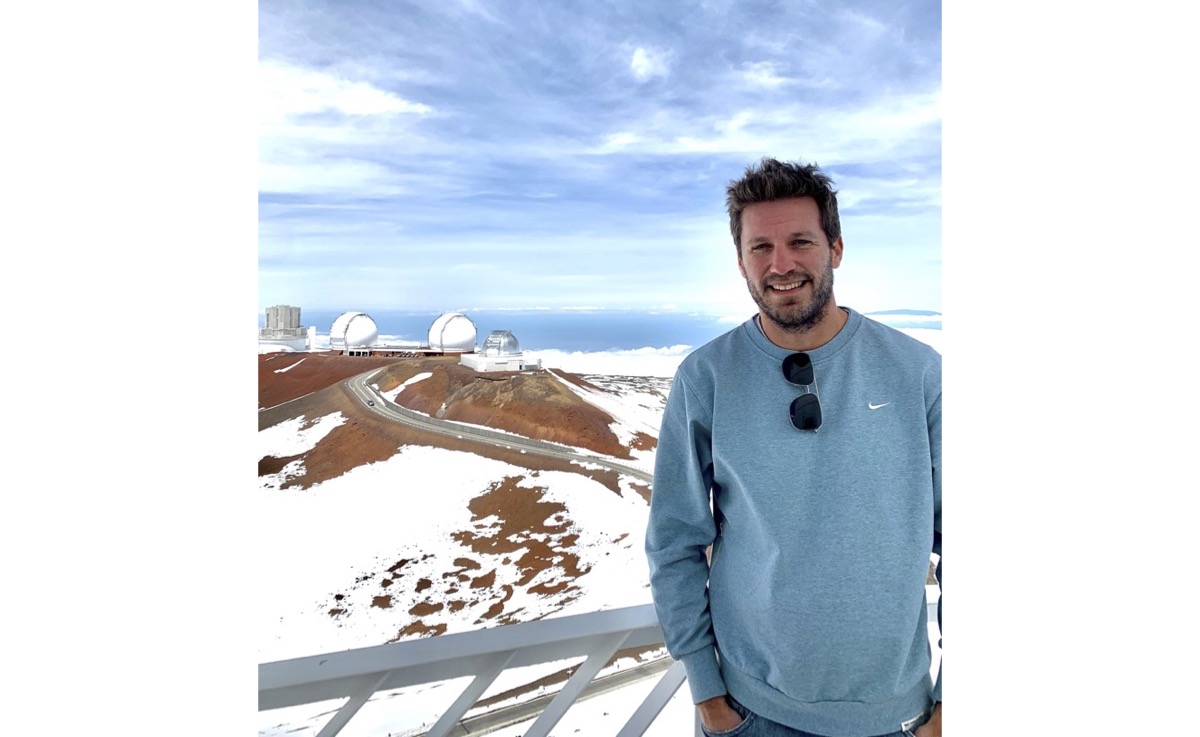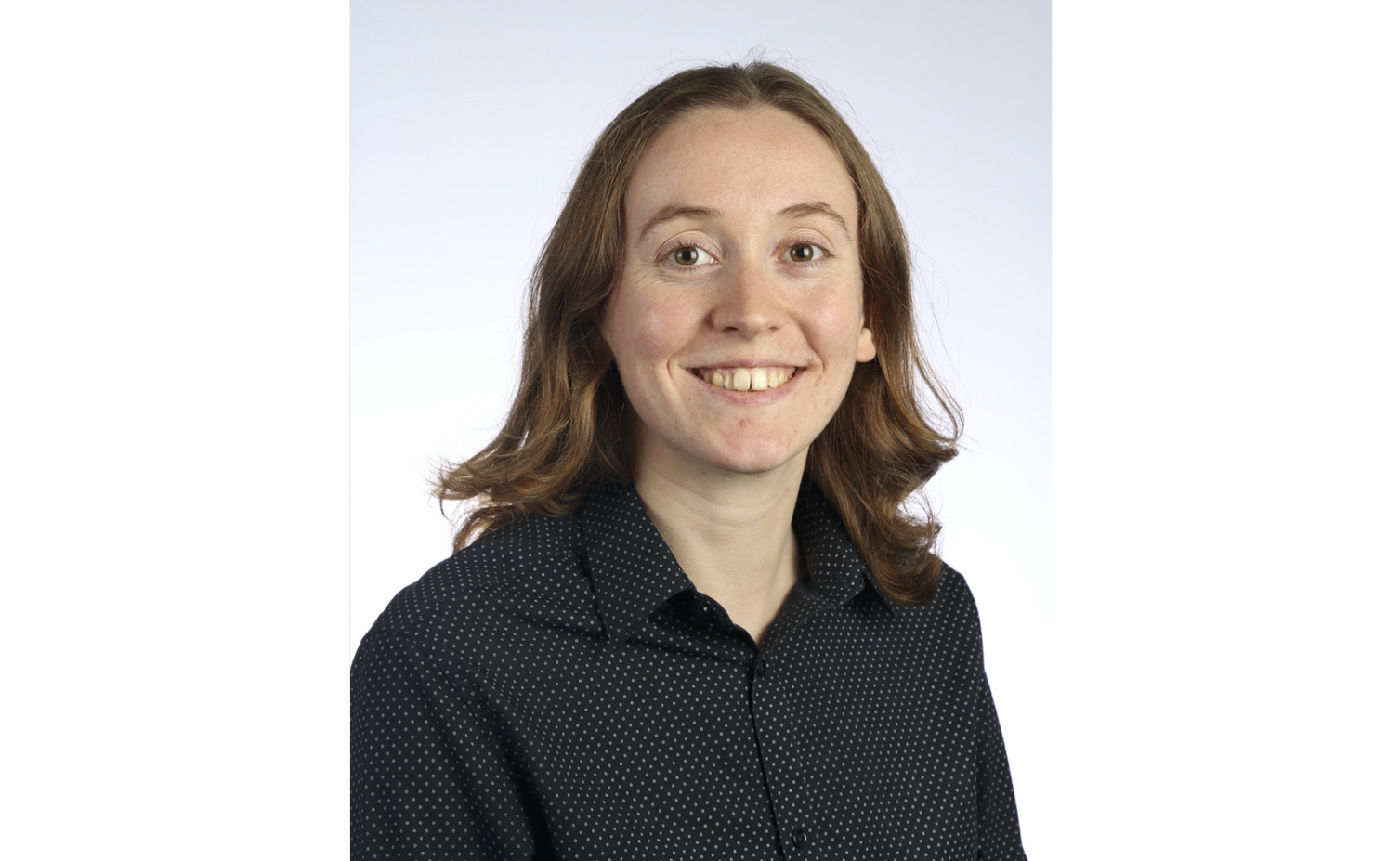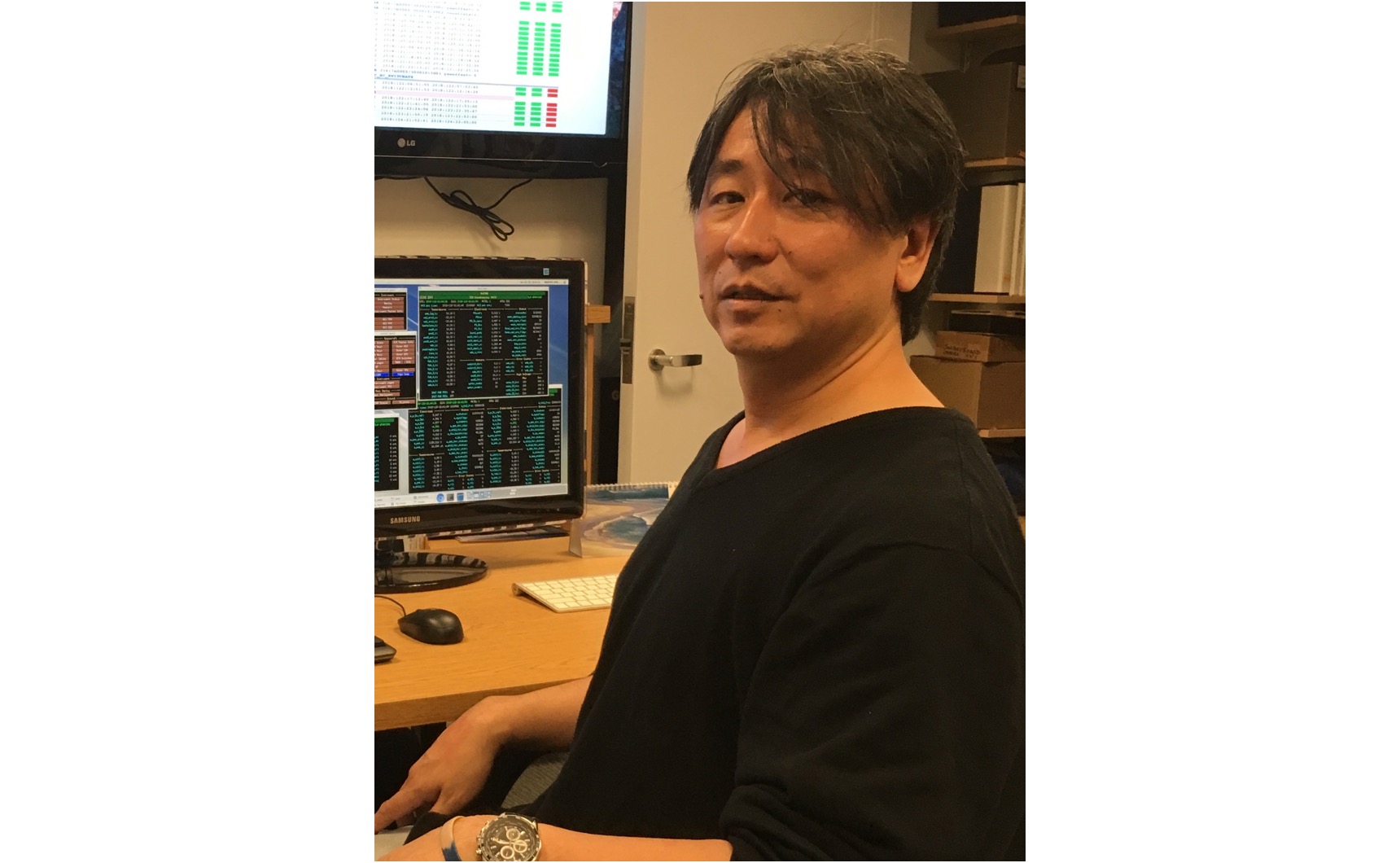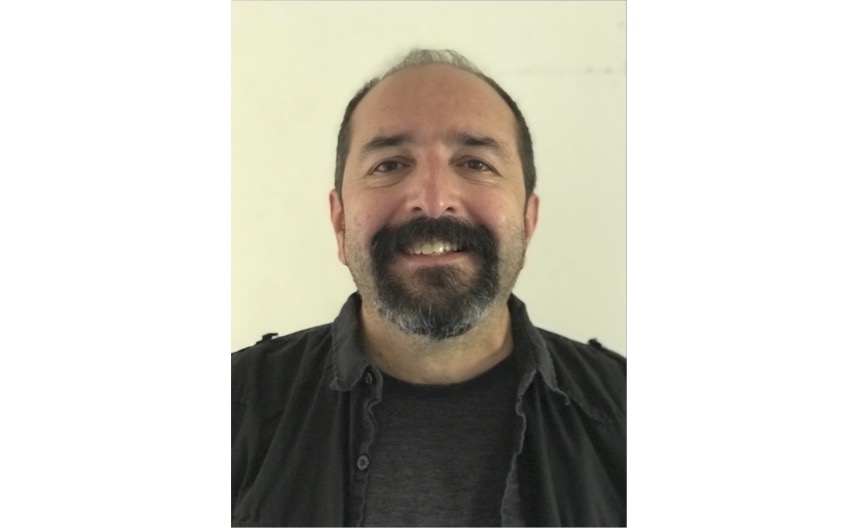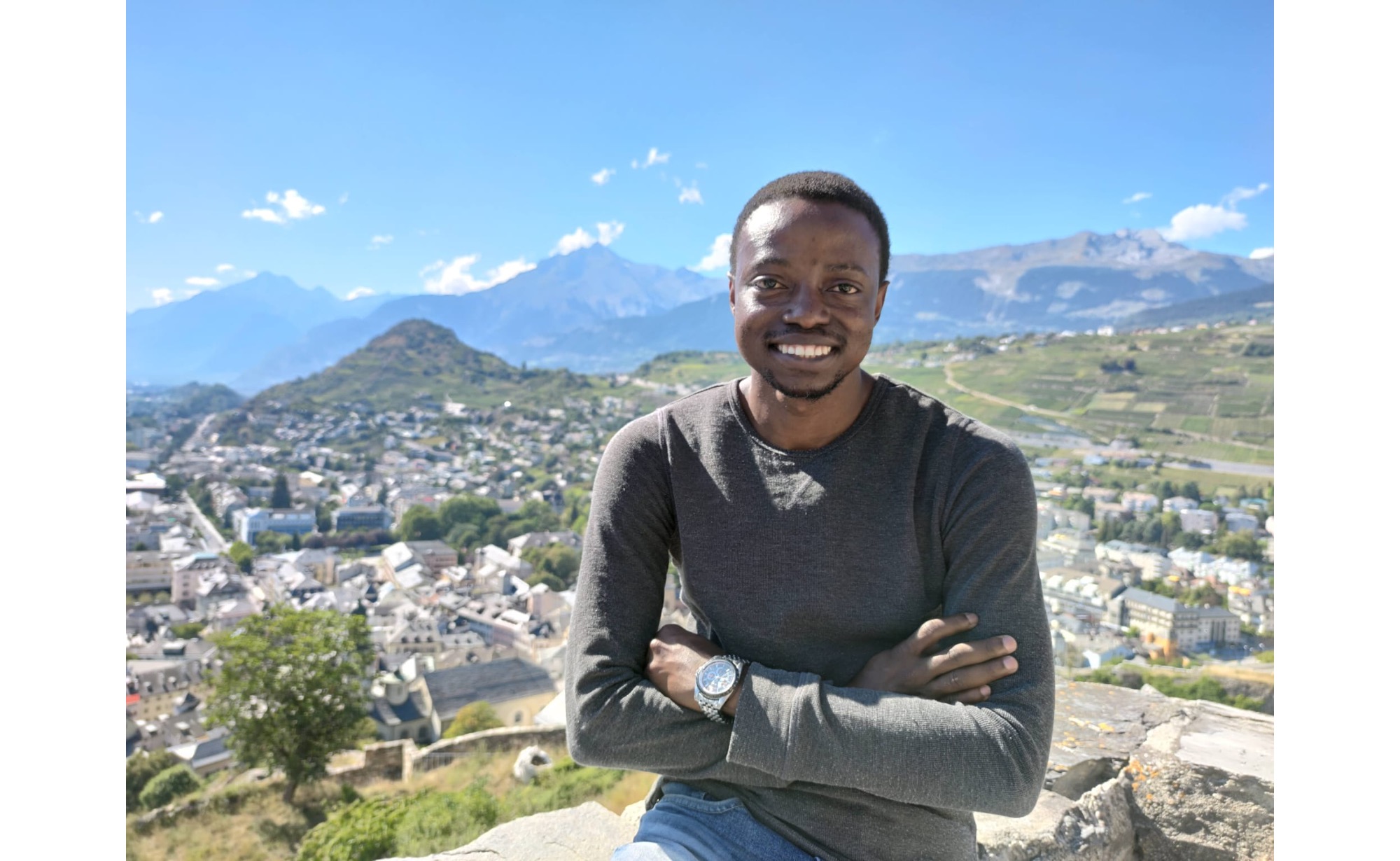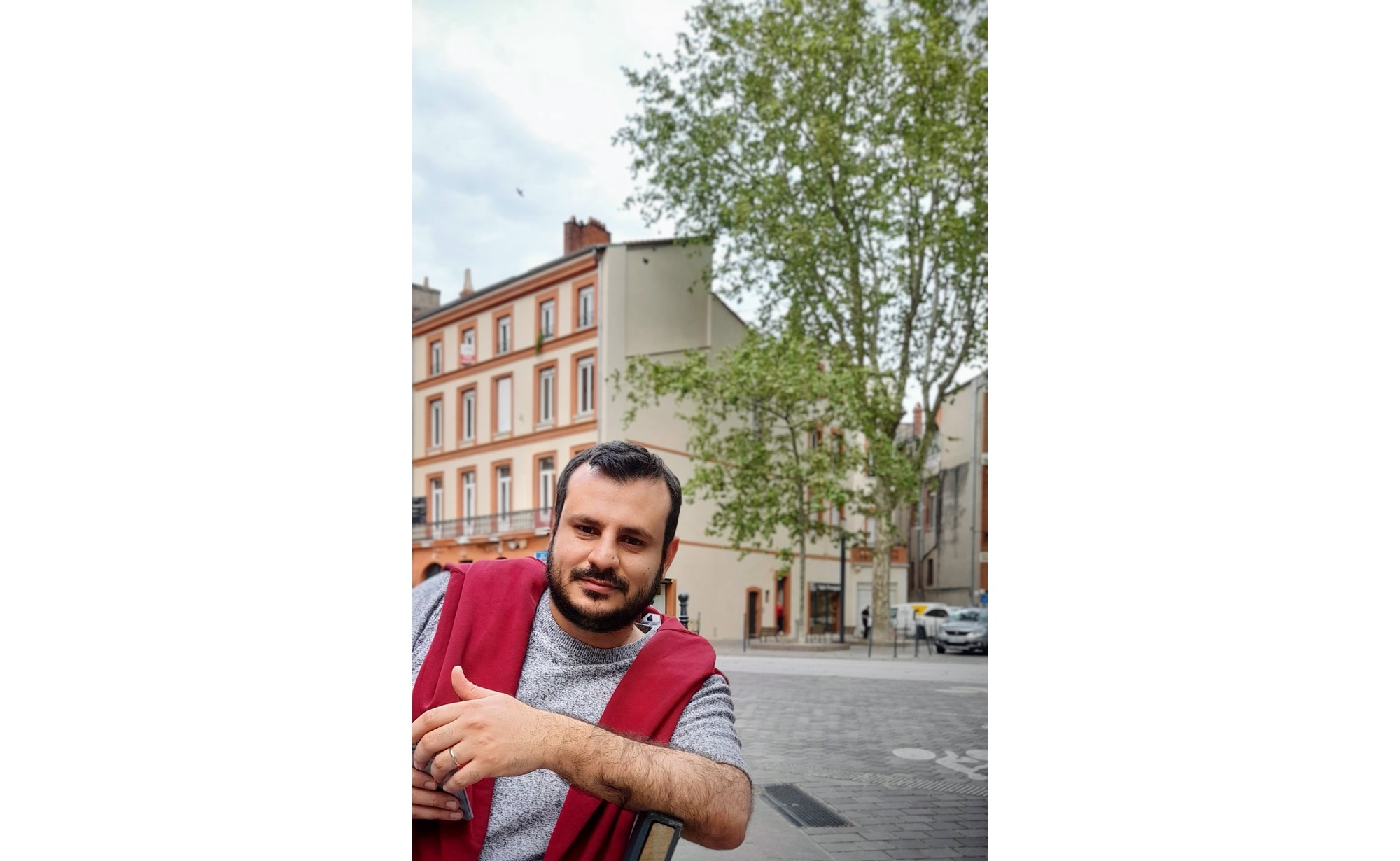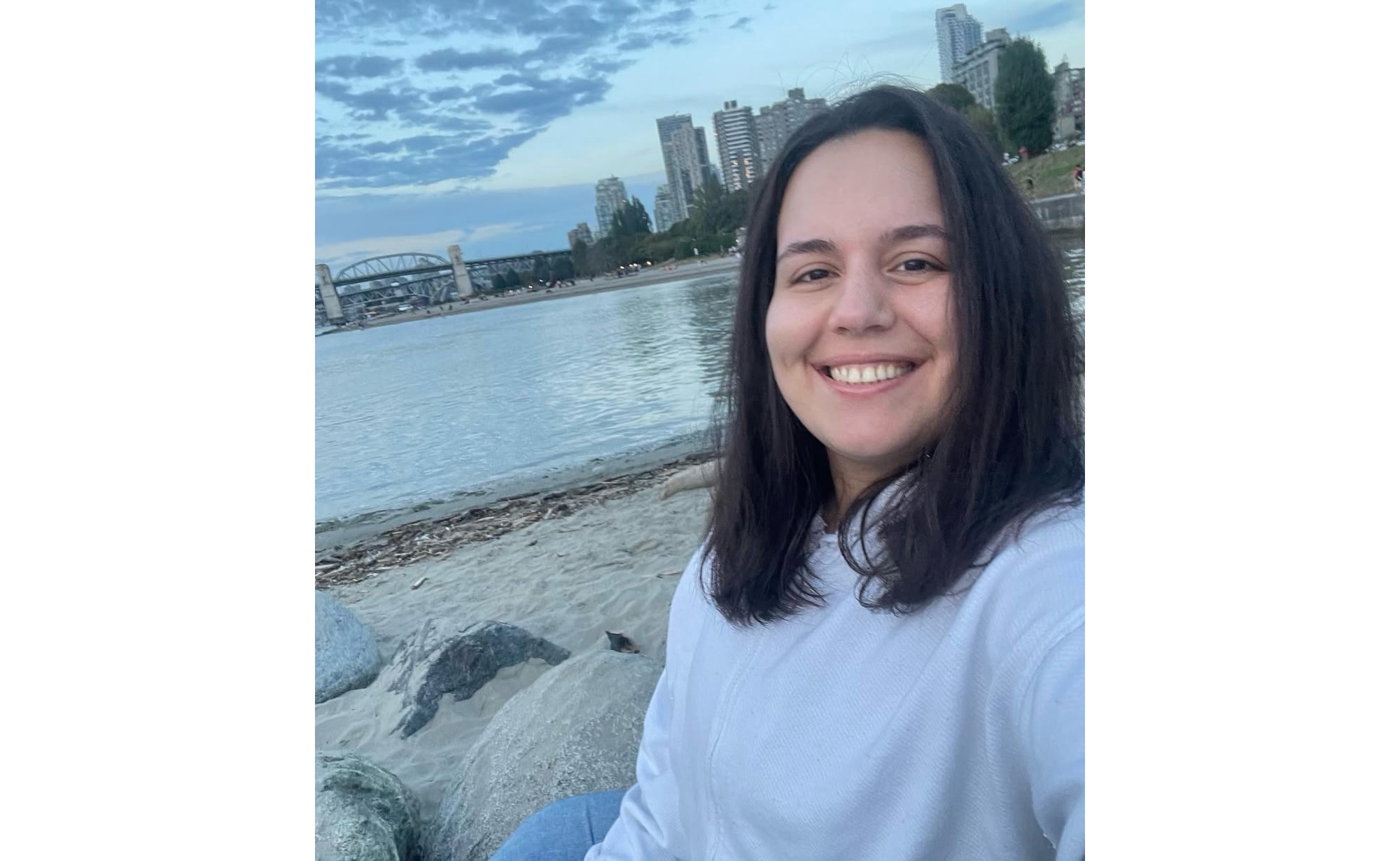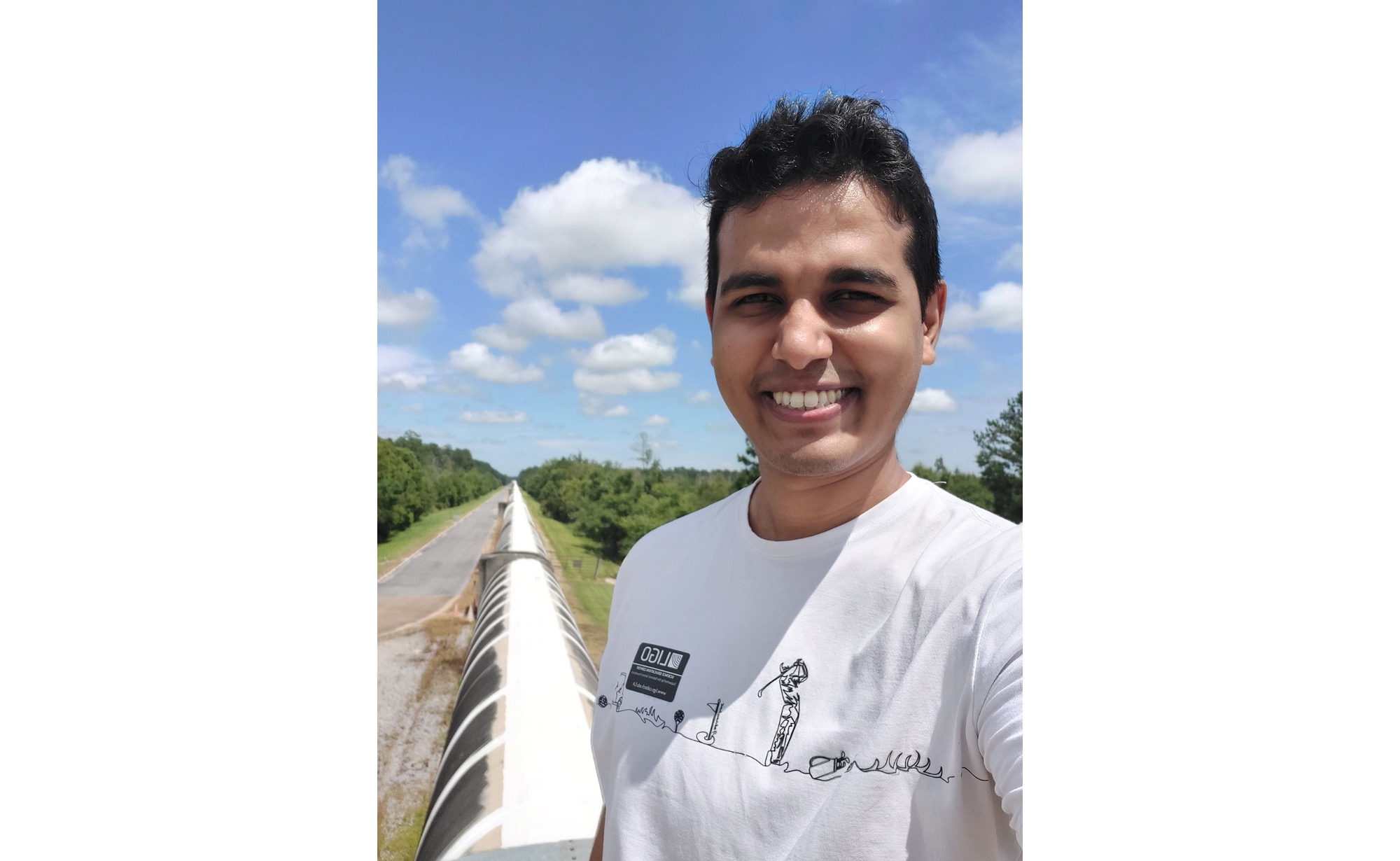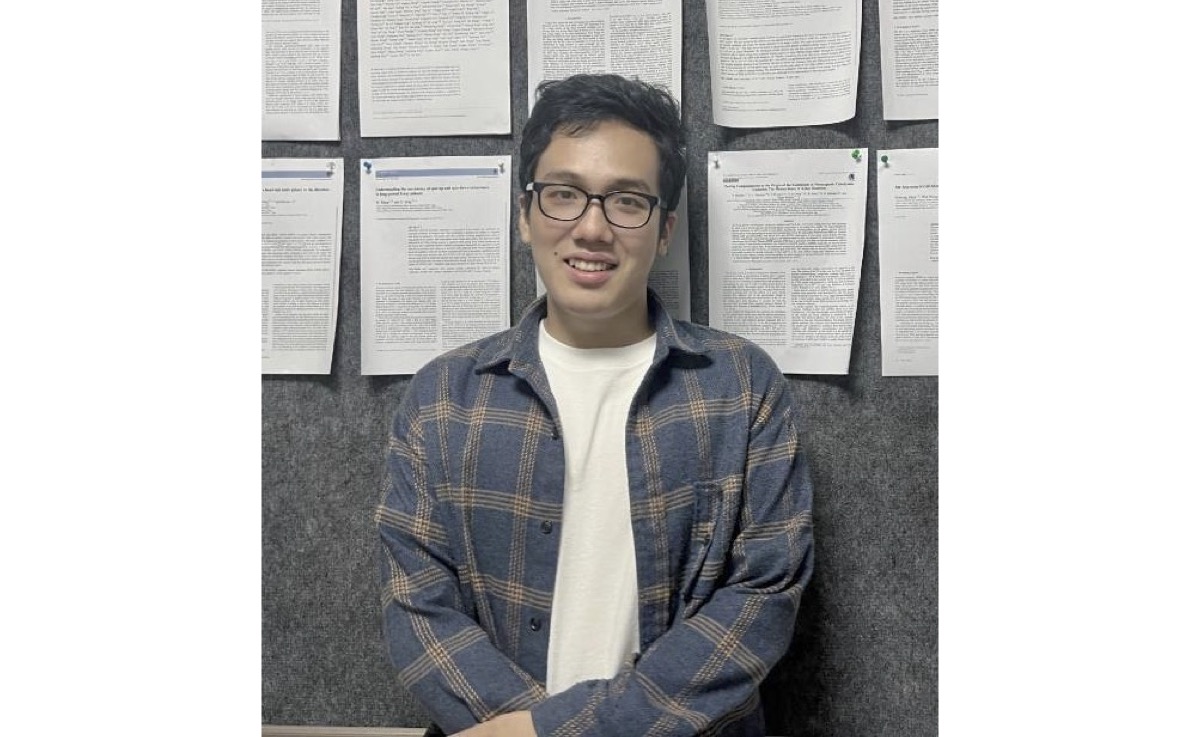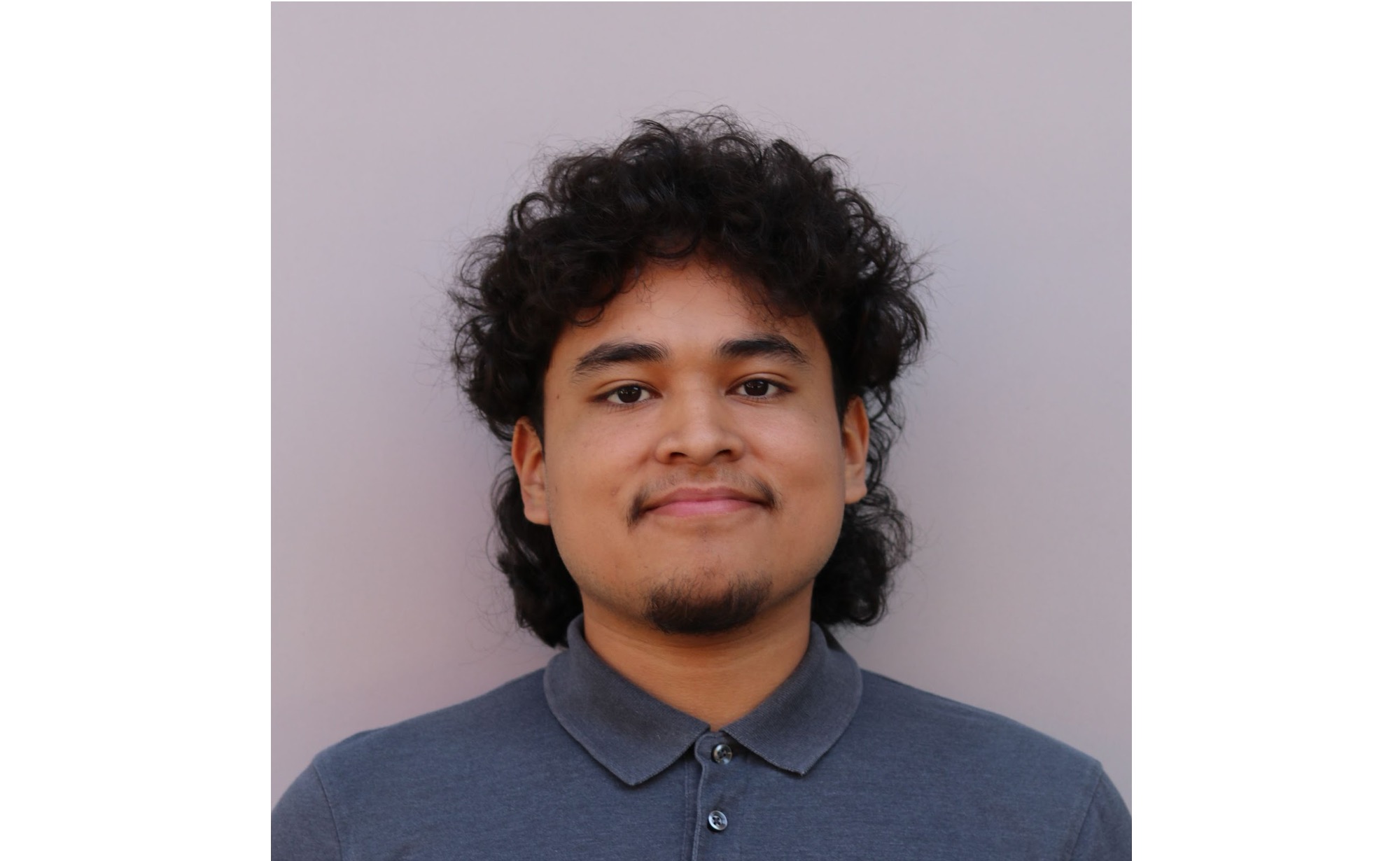 Vincent Caudillo
Vincent Caudillo
SURF Student
I am a rising senior at UCI, double-majoring in Physics and Math. Most of my work at UCI has been in cosmology and astroparticle physics, with a focus on dark matter and galaxy evolution. I have also worked on some projects within plasma and condensed matter physics. This summer will be all about changing-look active galactic nuclei. I enjoy hanging out with friends and family, combat sports, and playing video games.
 Cyrus Clabeaux
Cyrus Clabeaux
SURF Student
I am a rising sophomore at Stony Brook University majoring in Physics and Applied Mathematics and Statistics. This summer I am excited to apply data analysis techniques to explore the properties of black hole X-ray binary accretion and outburst. Previously, I have worked on projects involving biophysics and particle physics. Some of my hobbies include badminton, basketball, tennis, swimming, ice skating, piano, viola, drawing/painting, video games, and movies/TV series.
 Indie Desiderio-Sloane
Indie Desiderio-Sloane
SURF Student
I am a rising-junior at Caltech. I am interested in physics. I am really excited to continue my research project with Asia for another summer! Previously, I have completed and published research about Spurious Solar-Wind Effects on Acceleration Noise in LISA Pathfinder with Dr. Grant Meadors of LANL and Arnold Yang. In my free time, I enjoy reading, baking, and spending time with and competing with my horse, Emmy.
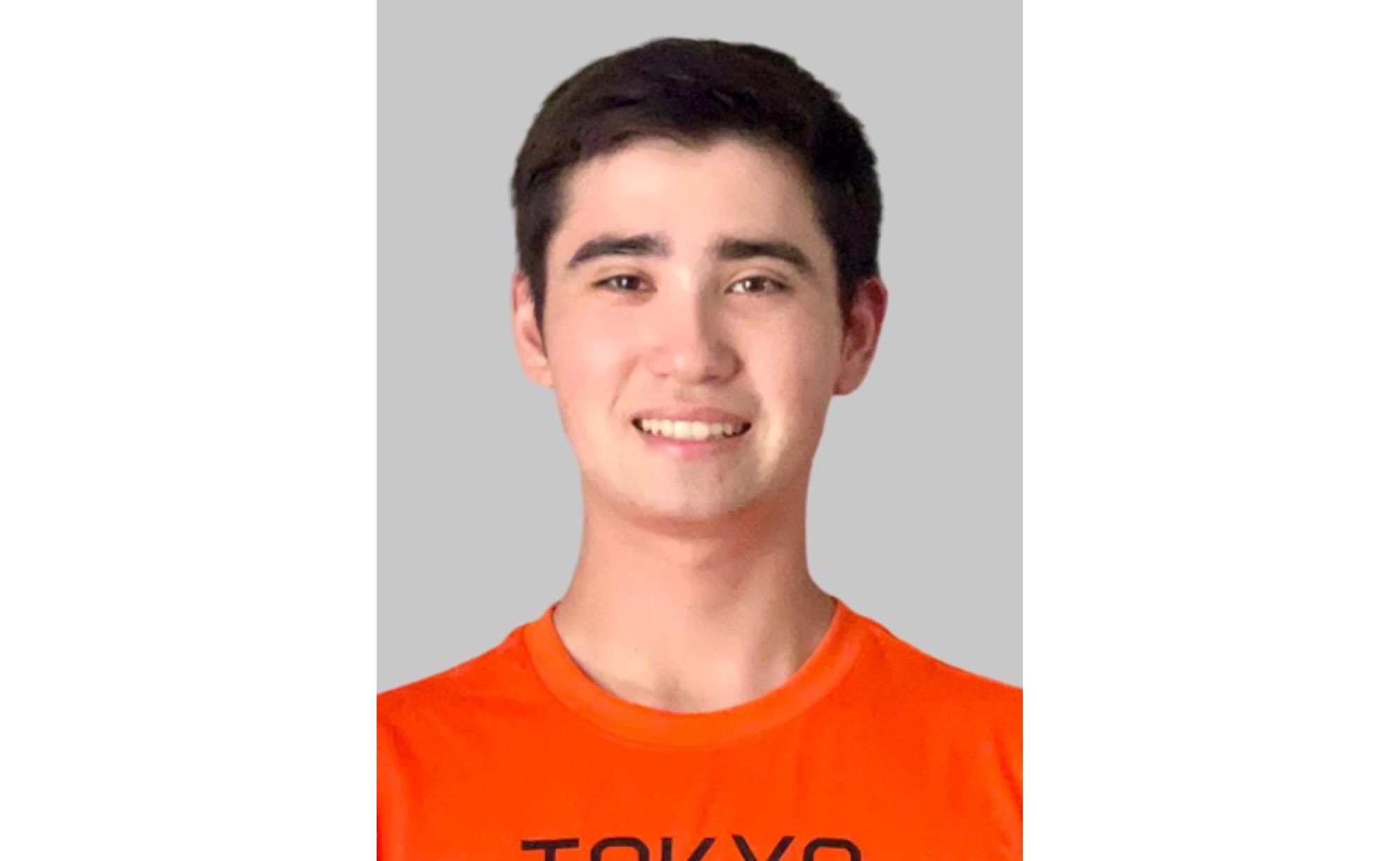 Kenji Farrell
Kenji Farrell
SURF Student
I’m a rising sophomore at Caltech majoring in Physics, with particular interests in general relativity and cosmology. Outside the classroom, I’m a pitcher on Caltech’s baseball team and enjoy playing tennis and chess in my free time. I’ve also been a part of Caltech’s Quizbowl team and hope to compete in some tournaments with the team over the summer.
 Yifan Hu
Yifan Hu
SURF Student
I’m a rising third-year physics student at Imperial College London, focusing on high-energy astrophysics and time-domain observations. I’ve previously worked with the Einstein Probe group at the Chinese Academy of Sciences on stellar flare characterisation, and I’m currently collaborating with the European Space Agency on flare energy scaling laws across different wavelengths. This summer at Caltech, I’m analysing NuSTAR hard X-ray data to investigate how both soft and hard X-rays contribute to atmospheric escape in M-dwarf exoplanet systems. Outside of research, I enjoy deep-dive reading, and collecting space mission memorabilia.
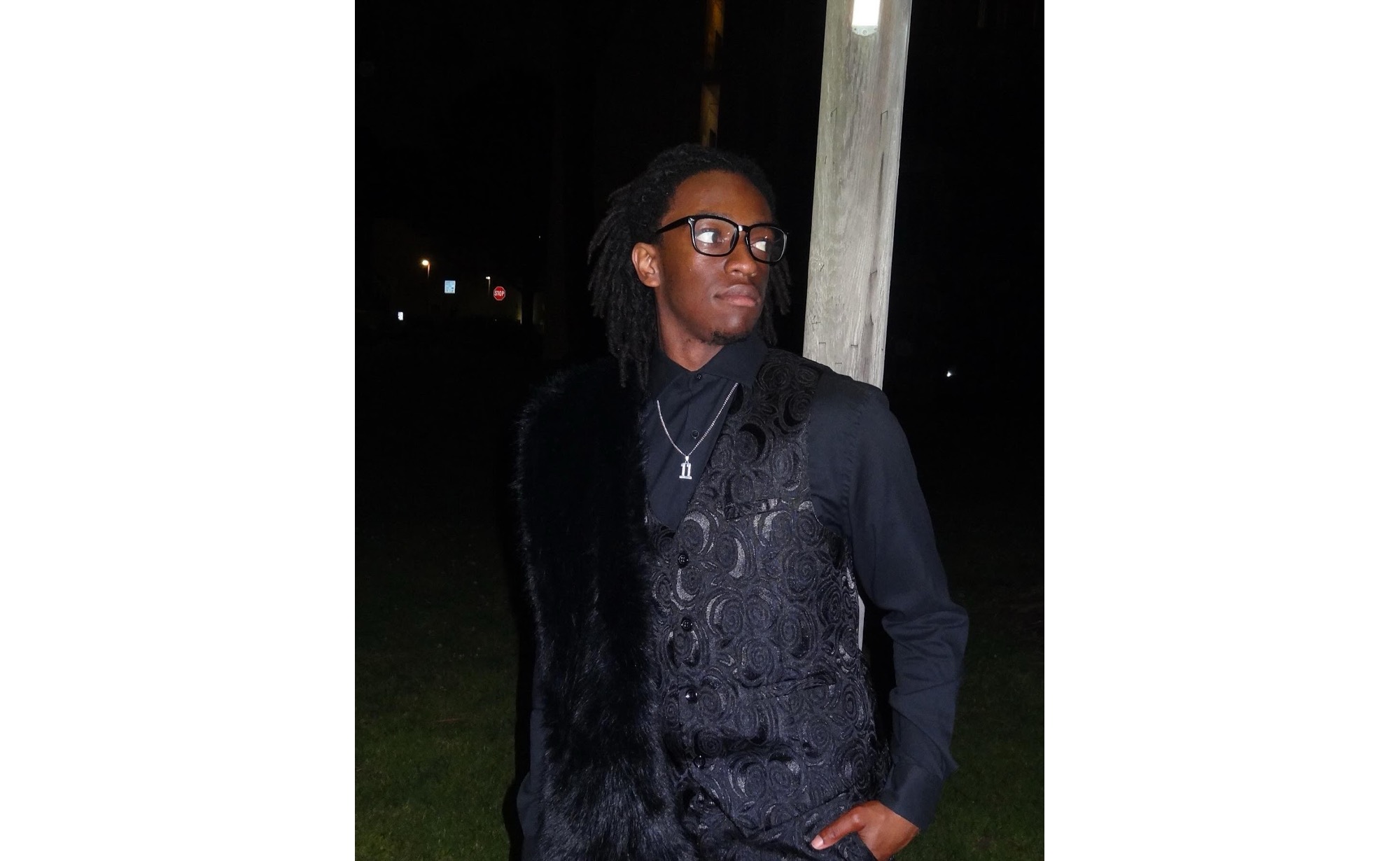 Julian (Juju) Jackson
Julian (Juju) Jackson
SURF Student
I’m currently a rising junior at the University of California majoring in Astronomy and Astrophysics with a minor in African American Studies. Some of my previous projects have been in Particle physics exploring the intricacies of the Top Quark at UCSD and Gamma Ray Burst/Black Hole research at Los Alamos National Laboratory. My goal is to work at NASA (JPL) after obtaining my PhD and do extensive research on black holes or dark matter! Later in my career, I also aim to be a lead scientist for a telescope and possibly teach at a university! Other hobbies I have are stargazing/Astrophotography, playing basketball, reading (Dystopian), playing video games and just going on adventures with friends. Lastly, a fun fact about myself is that I have my own TEDx Talk on Youtube about my journey. 🙂.
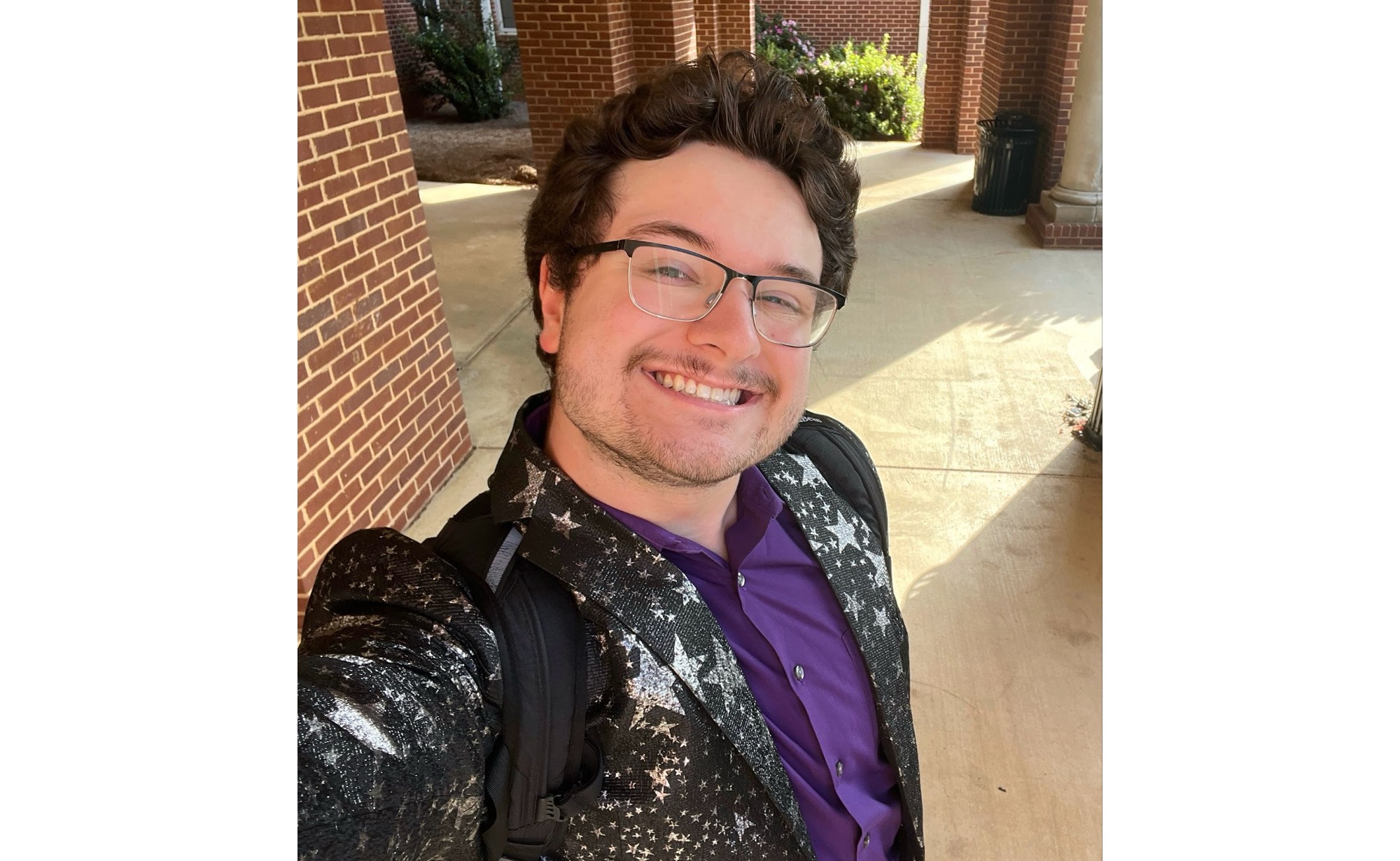 Robert J. Mailliard (he/him/his)
Robert J. Mailliard (he/him/his)
SURF Student
I am a rising fourth-year astronomy and astrophysics student at Indiana University Bloomington with minors in mathematics and theatre and drama. I have research interests in many fields, especially heliophysics, galaxy evolution, black holes, and cosmology. Outside the classroom, I am active in astronomy outreach and public education, as well as the LGBTQIA+ community. I love to write music, perform/see musical theatre, and mini golf.
 Sophia Nicolella
Sophia Nicolella
SURF Student
I am a rising senior at UT Austin double-majoring in astronomy and physics! At UT, I work in the Center for Gravitational Physics studying gravitational waves. This summer, I am working with Hannah studying ultraluminous X-ray binaries! I love to read, draw, paint, and play the piano in my free time.
 Yabo Ogunduyile
Yabo Ogunduyile
SURF Student
I am a rising 4th year student at Cal State LA double majoring in Physics (focus in astronomy) and Mechanical Engineering. On campus I do research with my advisor Dr. Margaret Lazzarini using Multi-wavelength Observations to Identify High Mass X-Ray Binary systems in nearby galaxies. I am interested in pursuing a PhD in Astrophysics focusing on high-energy astrophysics, galaxy and stellar evolution and black holes. Some of my hobbies include watching action/comedy/sci-fi movies, reading dystopian/mystery books, singing (in private). I also enjoy hiking, swimming, eating good food, and watching art.


